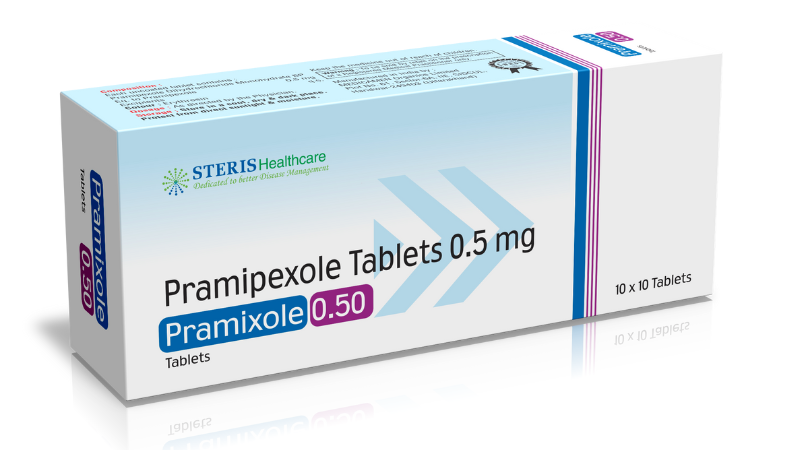pramipexole-nbsp-0-5mg-quot
Feb 06, 2024
PRAMIXOLE 0.50
Pramipexole (0.50mg)
Pramipexole is a medication commonly prescribed for the treatment of Parkinson’s disease and restless leg syndrome (RLS). It belongs to a class of drugs known as dopamine agonists, which work by mimicking the action of dopamine, a neurotransmitter in the brain. In this article, we will focus on Pramipexole 0.50 mg, exploring its composition, uses, dosage, and potential side effects.
Composition of Pramipexole 0.50 mg:
The active ingredient in Pramipexole 0.50 mg tablets is Pramipexole dihydrochloride monohydrate. This compound is available in different strengths, but in this formulation, each tablet contains 0.50 mg of pramipexole.
Pramipexole works by stimulating dopamine receptors in the brain, compensating for the low dopamine levels seen in conditions such as Parkinson's disease. In the case of Restless Leg Syndrome (RLS), it helps reduce the abnormal nerve activity causing the uncomfortable sensations and urge to move the legs.
In addition to the active ingredient, the tablet may contain various inactive ingredients (excipients), which may vary depending on the manufacturer. These usually include binders, fillers, and stabilizers that help form the tablet and ensure its stability, but they do not have a therapeutic effect.
Uses of Pramipexole 0.50 mg:
-
Parkinson’s Disease: Pramipexole is primarily used in the management of Parkinson's disease, a neurodegenerative disorder characterized by tremors, stiffness, and slowness of movement. In Parkinson's, the brain's dopamine-producing cells deteriorate, leading to motor symptoms. Pramipexole helps improve motor function by stimulating dopamine receptors, thereby alleviating symptoms like tremor, rigidity, and bradykinesia (slowness of movement).
-
Restless Leg Syndrome (RLS): Restless Leg Syndrome is a condition characterized by an uncontrollable urge to move the legs, usually accompanied by uncomfortable sensations. This can significantly impact sleep and overall quality of life. Pramipexole is effective in reducing these symptoms by acting on dopamine receptors in the central nervous system, helping to control the abnormal sensations and urges that are characteristic of RLS.
-
Other Potential Uses: While Pramipexole is primarily prescribed for Parkinson’s disease and RLS, ongoing research is exploring its potential in treating other conditions such as depression and fibromyalgia, though these uses are not yet widely approved.
Dosage of Pramipexole 0.50 mg:
The dosage of Pramipexole 0.50 mg depends on the condition being treated and the individual patient. The standard recommended doses are as follows:
-
For Parkinson’s Disease: Pramipexole is typically started at a low dose to minimize side effects, with gradual increases based on patient response. For most patients, the dosage may range from 0.125 mg to 1.5 mg three times a day, with doses being adjusted over time to achieve optimal symptom control.
-
For Restless Leg Syndrome (RLS): Pramipexole for RLS is usually prescribed in smaller doses, starting at 0.125 mg once daily, taken 2 to 3 hours before bedtime. This can be increased gradually depending on the patient's response and tolerance.
It is crucial to follow the prescribed dosage instructions from a healthcare provider, as taking too much or too little can lead to ineffective treatment or increase the risk of side effects.
How Pramipexole Works:
Pramipexole is classified as a dopamine agonist. Dopamine is a neurotransmitter that plays a key role in controlling movement and coordination. In conditions like Parkinson’s disease, dopamine levels are low due to the degeneration of dopamine-producing neurons. Pramipexole works by stimulating dopamine receptors in the brain, mimicking the effects of natural dopamine. This helps improve motor control and reduces symptoms such as tremors, stiffness, and rigidity in Parkinson’s disease.
In Restless Leg Syndrome, Pramipexole helps reduce the discomfort and urge to move the legs by stabilizing dopamine activity in the central nervous system. This alleviates the abnormal sensory sensations that are typical of RLS, improving sleep quality and overall well-being.
Side Effects of Pramipexole 0.50 mg:
As with any medication, Pramipexole 0.50 mg may cause side effects, though not everyone will experience them. Common side effects include:
- Nausea
- Dizziness
- Fatigue
- Drowsiness
- Headache
Serious side effects, though rare, can include:
- Hallucinations or confusion (especially in elderly patients)
- Swelling in the legs or feet
- Unusual behavior or compulsive behaviors (such as gambling, hypersexuality, or excessive spending)
- Muscle weakness or loss of motor control
- Sleep attacks (uncontrollable drowsiness or falling asleep during the day)
It is essential to report any unusual or severe side effects to a healthcare provider immediately. Patients with pre-existing heart conditions, mental health issues, or kidney problems should inform their doctor before starting treatment with Pramipexole.
Precautions and Warnings:
Before using Pramipexole, patients should discuss their medical history and any existing conditions with their healthcare provider. Certain precautions include:
- Kidney problems: Pramipexole is primarily excreted through the kidneys, so individuals with kidney impairment may require dose adjustments.
- Mental health history: Since Pramipexole can affect mood and behavior, it is important for patients with a history of psychiatric disorders to discuss potential risks with their doctor.
- Pregnancy and breastfeeding: Pramipexole should only be used during pregnancy if the benefits outweigh the risks, as it can pass into breast milk.
- Driving and operating machinery: As Pramipexole can cause drowsiness and dizziness, patients should exercise caution when engaging in activities that require alertness, such as driving.
Conclusion:
Pramipexole 0.50 mg is an effective treatment option for individuals with Parkinson’s disease and Restless Leg Syndrome, offering relief from motor symptoms and discomfort caused by these conditions. By acting as a dopamine agonist, Pramipexole helps restore normal dopamine activity in the brain, improving movement, sleep, and overall quality of life for patients. However, like all medications, it is important to follow the prescribed dosage and monitor for any side effects. Regular consultations with a healthcare provider can help ensure safe and effective use of this medication Steris Healthcare Pvt Ltd, operating as Sterispharma since its founding by expert professionals in the pharmaceutical industry in February 2018, is based in Navi Mumbai. The company is certified by WHO, GMP, and ISO, emphasizing its commitment to quality and safety. Sterispharma focuses on providing high-quality drugs at affordable prices throughout India, adhering strictly to WHO guidelines. Offering the convenience of an online pharmacy, customers can easily purchase medicines with home delivery options available. Sterispharma's mission is to supply a broad range of healthcare products to meet the diverse needs of the medical community. From advanced treatments and medications for rare conditions to essential health necessities, Sterispharma aims to serve the extensive demands of the healthcare industry. You can order medicines from Sterispharma through their websites, sterisonline and sterispharma. Their extensive product lineup includes treatments for Cardiology, Asthma, Respiratory Issues, Nasal Conditions, Diabetes, Endocrinology, Gastroenterology, Orthopedics, Anti-infectives/Antibiotics, General Medicine, Urology, Neurology, Nephrology, Oncology, Gynecology, Pediatrics, Dental Care, and Dermatology.
For further information
Email: info@sterispharma.com / contact@sterispharma.com
Call/WhatsApp: 7877551268, 7849827488
Recent Post

India’s Big Step in Health - A New Combination Vaccine for Typhoid and Shigellosis
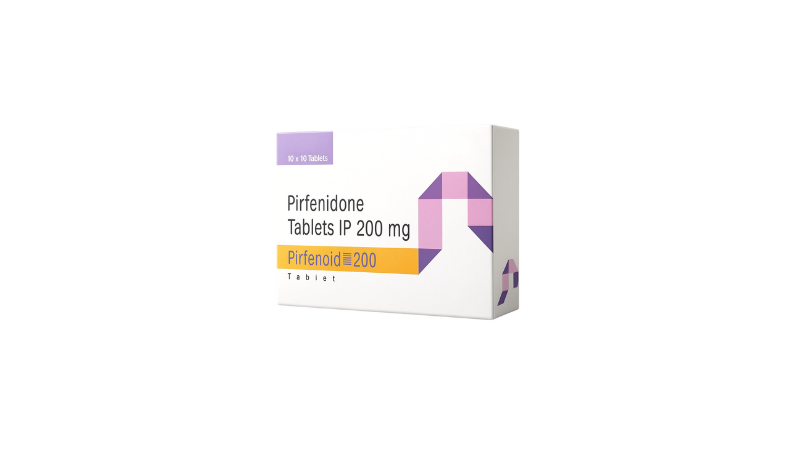
Pirfenidone 200: Uses, Dosage, Side Effects, and Precautions
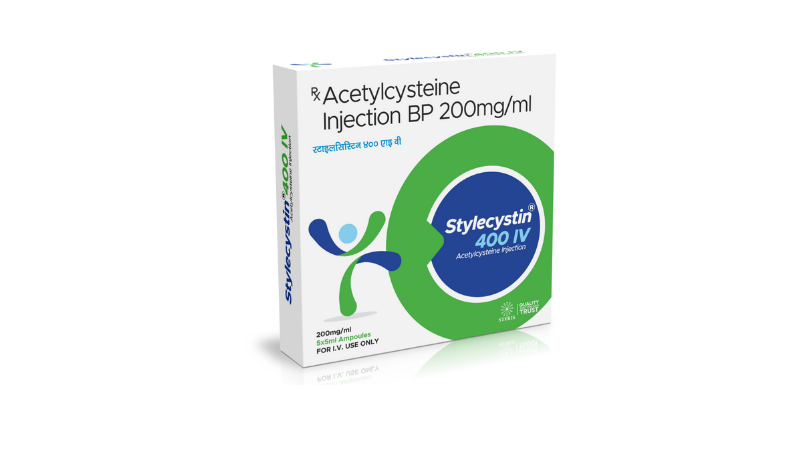
Acetylcysteine Injection Uses, Dosage, and How to Use
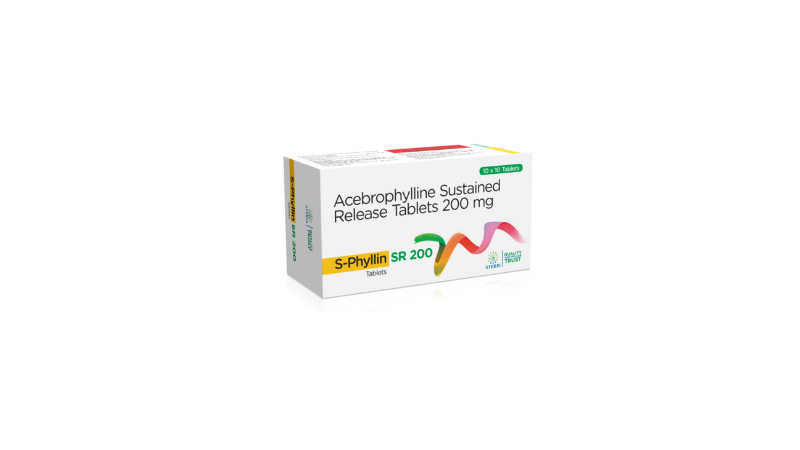
Acebrophyllin (200mg SR): Uses, Benefits, Dosage & Side Effects Explained
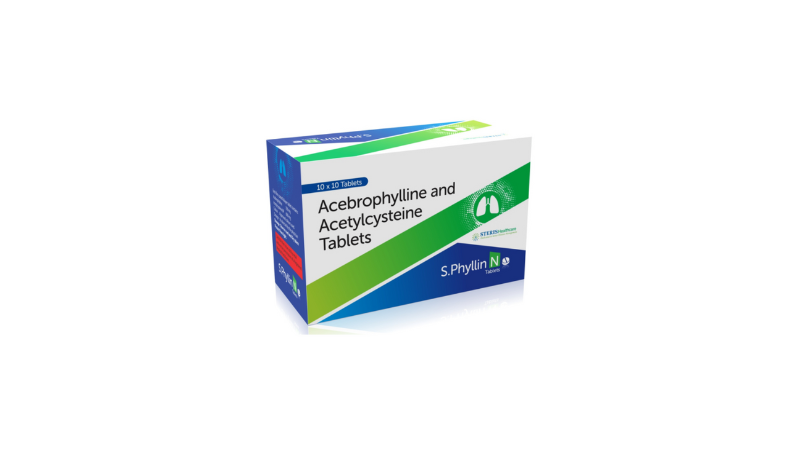
Acebrophylline and Acetylcysteine Tablets Uses, Dosage & Benefits Explained

Doxofylline and Acebrophylline Tablet Uses, Benefits, and Combination for Better Breathing

How New GST Reforms Are Making Medicines & Healthcare More Affordable

Simple & Effective Tips to Relieve Back Pain During Pregnancy

Acebrophyllin Capsules – Uses, Dosage & Benefits for Respiratory Health
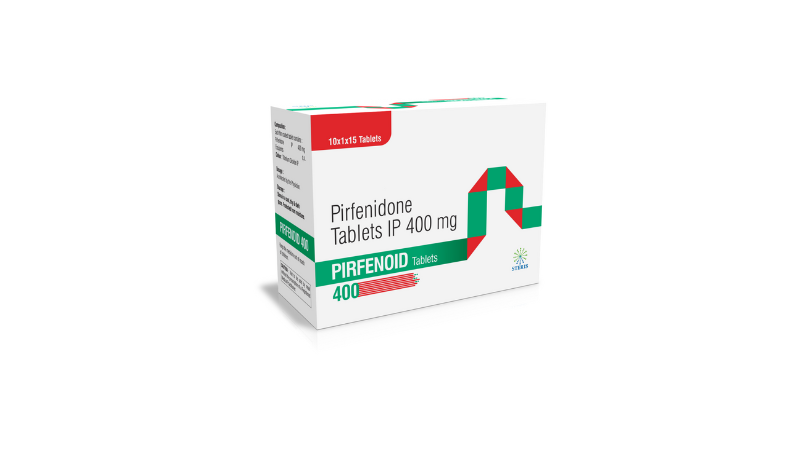
Pirfenidone 400 mg – Uses, Dosage & Mechanism of Action

